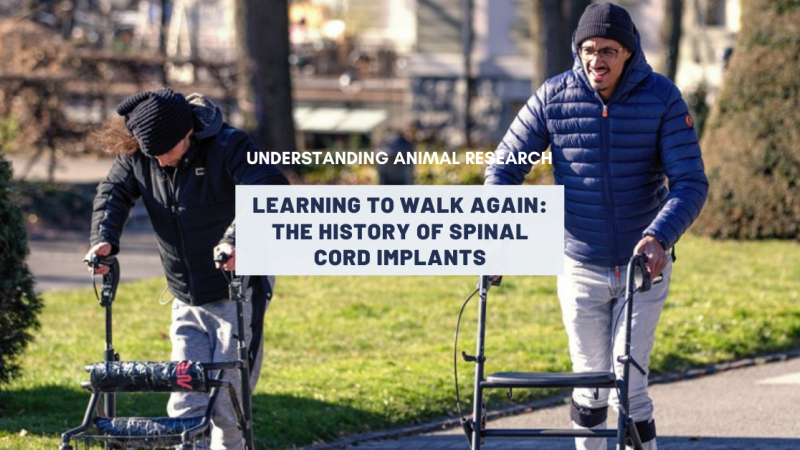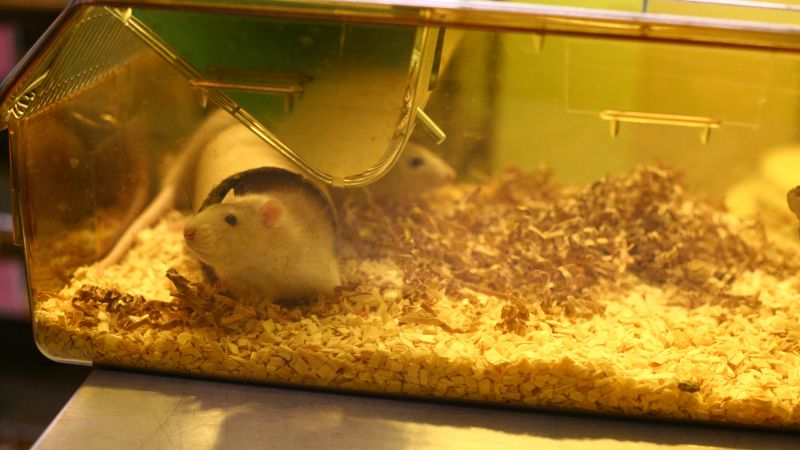A patient paralysed from the neck down following a stroke has served herself a cup of coffee for the first time in 15 years, using a robotic arm controlled by her own thoughts. Previous experiments showed that the arm could be controlled by able-bodied monkeys but this is the first time paralysed people have controlled it.
The landmark moment is the product of decades of research into how the brain controls motor movements. The arm is controlled by a computer linked to a tiny sensor only a couple of millimetres long implanted on the surface of the motor cortex in the brain. Thinking about moving an arm or hand activates neurons in this part of the brain and the electrical activity detected by the sensor is sent via a cable to the computer, which translates them into commands.
Decades of research using both animal and non-animal techniques have led to our current understanding of how the brain works. During its later stages this technology was tested using monkeys, which were able to feed themselves using the arm. Two patients, paralysed and unable to speak following strokes, tested the technology. Although the movement of the robotic arm was not as fast or accurate as if it were controlled by an able-bodied person, the research shows that even after 15 years of paralysis the patient’s brain is still capable of controlling movement.
In the near future it is hoped that the technology will improve already existing robotic devices for paralysed people and enable patients with locked-in syndrome – a condition where they appear in a coma but are in fact totally conscious – to communicate by moving a cursor on a computer screen. But the team also hope that one day patients may be able to operate robotic prosthetic limbs or even reconnect the brain to limbs to restore natural movement.
Last edited: 26 October 2022 18:13




